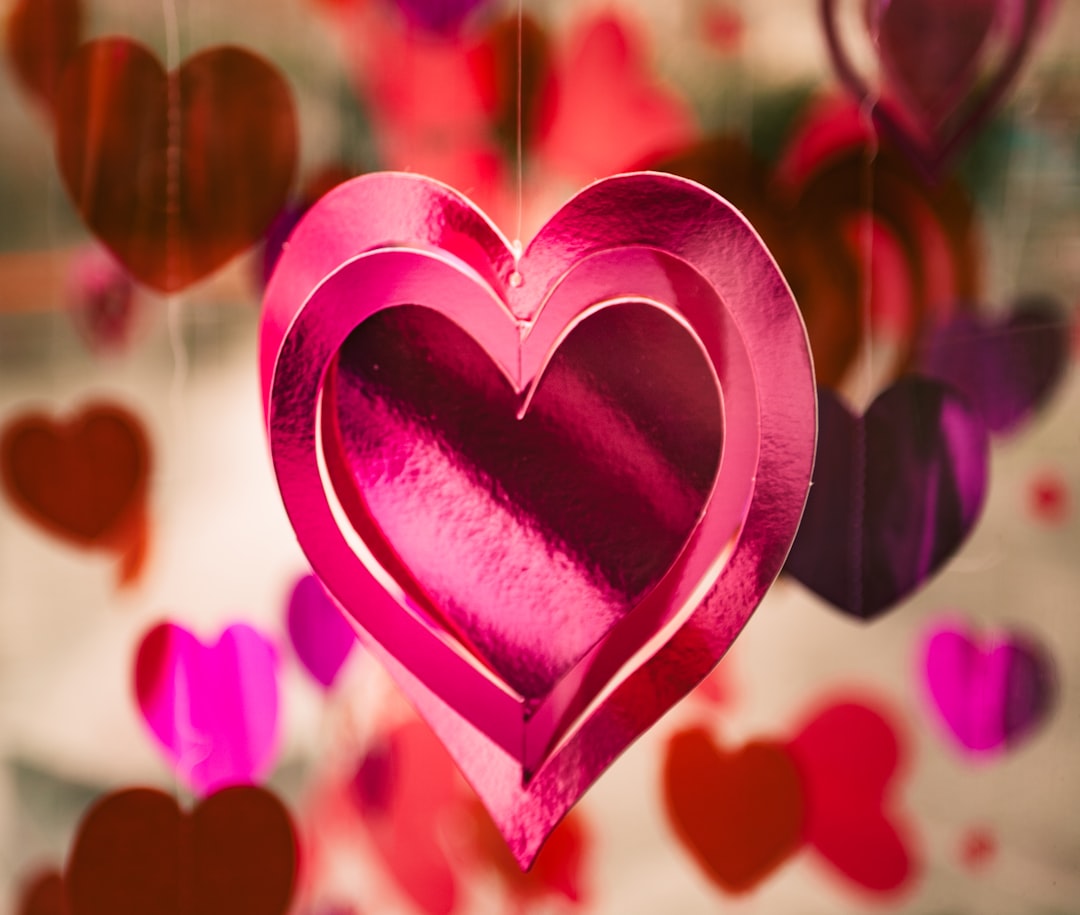Love, in its many hues, has long preoccupied poets, philosophers, and mystics. From the ardent yearnings of lovers to the soul’s ecstatic union with the Divine, classical texts across cultures map a vast spectrum of love. In this post, we journey through key writings—Greek, Judeo-Christian, Islamic, and Hindu—to discover how ancient thinkers and poets understood human affection, spiritual longing, and transcendent union.
1. Eros and Ascent in Ancient Greece
Plato’s Symposium
In Plato’s Symposium, love (Eros) is more than physical desire; it’s a ladder to the Form of Beauty itself. Diotima’s famed “Ladder of Love” describes five stages:
-
Love of a single beautiful body
-
Appreciation of beauty in all bodies
-
Love of beautiful souls (character and virtue)
-
Love of knowledge and ideas
-
Love of Beauty itself, the immutable and eternal
Here, human erotic love becomes a vehicle for philosophical ascent—Eros is both passionate and profoundly intellectual.
Neoplatonist Echoes
Later Neoplatonists like Plotinus (Enneads) deepened this vision: the soul’s longing for the One mirrors the lover’s yearning for the beloved, collapsing the boundary between human affection and divine union.
2. Erotic Allegory in Judeo-Christian Writings
The Song of Songs
The Hebrew Bible’s Song of Songs (Shir HaShirim) celebrates the mutual ardor of two human lovers in lush, sensuous imagery—“My beloved is mine, and I am his.” Early Jewish and Christian commentators interpreted it allegorically: the poem becomes a portrait of God’s love for Israel or Christ’s love for the Church, and of the soul’s intimate embrace with the Divine.
Augustine’s Confessions
In the Confessions, Augustine wrestles with caritas (charitable love) versus cupiditas (self-centered desire). True love orders our passions toward God and neighbor; misdirected love ensnares us in restlessness. For Augustine, human love finds its fullest meaning when it participates in the infinite love of God.
3. Divine Longing in Classical Sufi Prose and Poetry
Rumi’s Mathnawī
In 13th-century Persia, Jalāl al-Dīn Rūmī spun tales of mushrooms, reed-flutes, and caravanserais to illustrate the soul’s painful separation from—and ecstatic return to—the Beloved. Poems like the “Miṯrānān” (Mushroom and the Penis) allegorize spiritual intoxication: human love marks the fragile first step toward divine union.
“Come, come, whoever you are. Wanderer, worshipper, lover of leaving—
it doesn’t matter. Ours is not a caravan of despair.”
Ibn ʿArabī’s Divine Love
Ibn ʿArabī (d. 1240) unfolds a cosmology of love: the universe itself is the “Name of Love” manifesting infinite divine attributes. Human love—whether for a person, a place, or beauty—is a secret pointer to the absolute, provided the lover recognizes the presence of God in the beloved.
4. Bhakti and Divine Romance in Classical India
The Bhagavad Gītā
While not erotic, the Bhagavad Gītā frames devotion (bhakti) as supreme love for Krishna, the divine charioteer. Here, love is self-surrender: the devotee’s heart becomes the battlefield where ego falls away, leaving only loving service.
Sanskrit Love Poetry
In Sanskrit works like Jayadeva’s Gītagovinda (12th century), the erotic is overt: the divine play (līlā) of Radha and Krishna animates the soul’s passionate devotion. The stages of separation (vipralambha) and union (sambhoga) mirror the seeker’s oscillation between longing and bliss.
5. Four Dimensions of Love’s Spectrum
-
Physical/Erotic (Eros, Kama)
Intense desire for another’s body or presence, as in Song of Songs and Bhakti poetry. -
Platonic/Aesthetic (Philia, Rasa)
Friendship and appreciation of beauty’s harmony—Plato’s love of souls and ideas. -
Charitable/Communal (Agape, Seva)
Self-giving love for neighbor, grounded in communal and ethical bonds—Augustine’s caritas; Gītā’s dharma. -
Mystical/Divine (Theōsis, Baqāʾ, Mokṣa)
Love as union with the Absolute—Symposium’s Form of Beauty; Rumi’s annihilation (fanāʾ); ʿArabī’s unity of being.
These dimensions often overlap: a courtly lover’s yearning for union becomes, in a mystic’s vision, the very path to divine oneness.
6. Why Love’s Spectrum Matters Today
-
Interfaith Insights: Comparing these visions fosters mutual respect and enriches modern spirituality.
-
Psychological Depth: Understanding love’s layers helps us navigate relationships—from romance to friendship to community service.
-
Literary Inspiration: Poets and writers continue to draw on these classical archetypes, renewing them for contemporary audiences.
“When the heart awakens to each shade of love, it finds that every hue reflects the same light.”
By tracing love’s spectrum across classical texts, we glimpse how human affection and divine yearning intertwine—inviting us to embrace love in all its splendid, transformative diversity.





